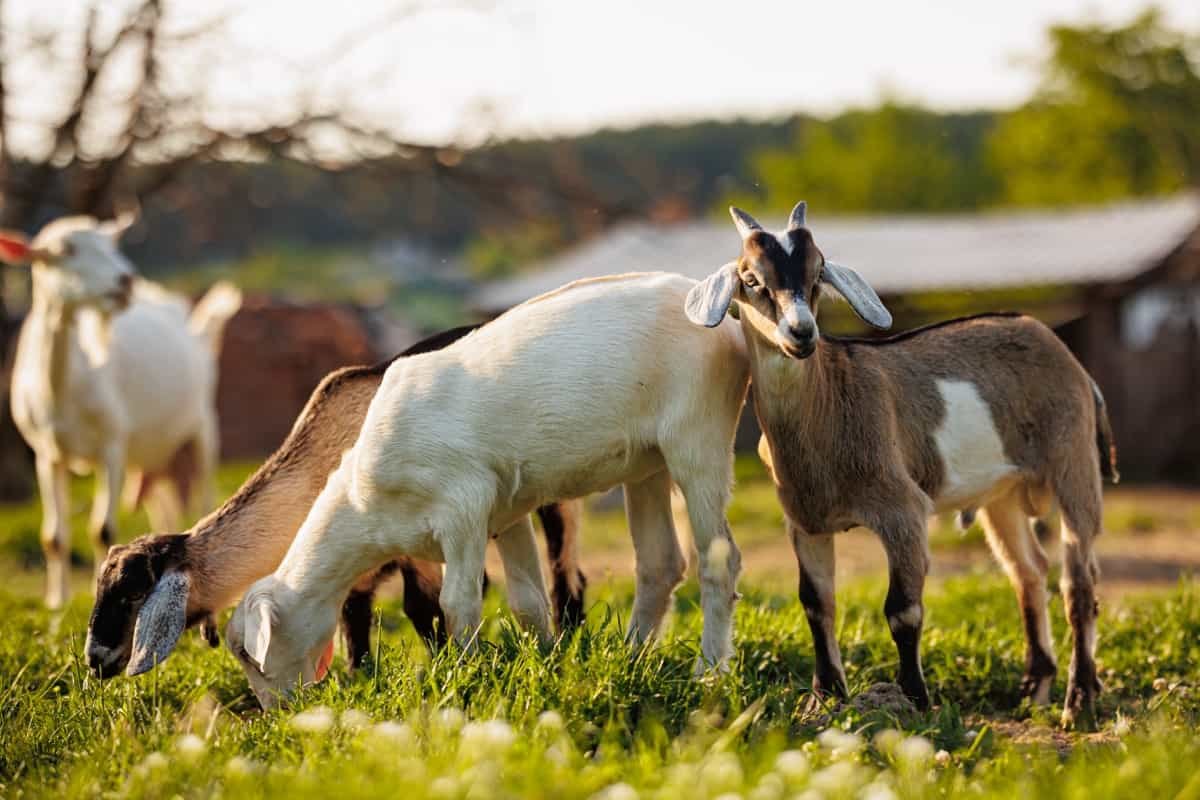Sheep and goat farming has long been a traditional source of income for rural households in Pakistan and many developing regions. In recent years, rising demand for meat, milk, leather, and value-added products has turned this sector into a promising field for youth entrepreneurship. With relatively lower investment requirements, faster reproductive cycles, and adaptability to harsh climates, small ruminants offer a practical pathway for unemployed or under-employed youth to start profitable agribusiness ventures close to home.
Why Sheep and Goat Farming Is a Good Business for Youth
Sheep and goats are hardy animals. They require less feed, labor, and housing compared to cattle, and they thrive in arid and semi-arid environments where crop farming is not feasible. Their short gestation period (about five months) and quick maturity allow producers to grow their herds and generate sales within a year. Rural youth also benefit from easy access to local breeds, grazing lands, and community knowledge that reduce operational barriers.
Market indicators further support this potential. The per capita consumption of mutton is increasing due to rising purchasing power, urbanization, and dietary preference for red meat. Festive seasons such as Eid-ul-Adha provide strong, cyclic demand with premium prices. This ensures that even small-scale goat and sheep farmers can find buyers and generate steady cash flow.

Low-Cost Start-Up Models
Many young entrepreneurs hesitate to invest due to lack of capital, but small ruminant farming allows several low-cost entry points:
1. Backyard Stall-Feeding
Youth can start with four to eight does or ewes. Stall feeding using crop residues like wheat straw, maize stover, and kitchen leftovers minimizes expenses while improving manure collection for crop use.
2. Grazing-Based Flock Rearing
Communities with access to grazing areas can maintain 20 to 30 animals easily. This system lowers feed costs and uses natural vegetation efficiently.
3. Small Feedlot for Eid and Wedding Markets
Youth purchase healthy young animals, fatten them for 60–90 days, then sell at higher prices. This model requires basic shelter and limited land.
4. Contract or Share Farming
When youth lack funds for purchasing animals, wealthier owners may provide livestock and share profits at sale time. This reduces risk and builds experience.
Key Entrepreneurship Opportunities Across the Value Chain
Sheep and goat farming is not limited to raising animals. Several off-farm and value-added activities can help young entrepreneurs scale their income:
1. Dairy-Based Goats and Fresh Milk Supply
Dairy goat farming offers daily cash income through direct milk sales, supplying cafes or sweet shops, or processing into yogurt and cheese. Breeds like Beetal and Kamori are suitable for milk production.
2. Meat Production and Marketing
Goat meat enjoys high consumer preference. Youth can target restaurants, butcher shops, and household buyers. Group marketing or cooperatives can improve bargaining power and transport efficiency.
3. Wool, Mohair, and Hair Craft Products
Sheep wool and goat hair can be processed into shawls, rugs, ropes, and handicrafts. Collaboration with women’s artisan groups can diversify income sources and empower households.
4. Breeding Stock and Stud Services
Raising superior male goats or rams and selling breeding stock to local farmers generates premium earnings. Disease-free animals with record keeping and vaccination history are especially valuable.
5. Manure Management
Animal manure can be dried and sold as organic fertilizer or used for biogas production units. This aligns with sustainable agriculture practices and reduces dependence on chemical inputs.
6. Online Marketing and Digital Platforms
Social media, WhatsApp groups, and livestock apps allow youth to reach more buyers, promote genetic quality, and secure advance orders without relying solely on middlemen.
Essential Best Practices for Business Success
Youth entrepreneurs must build skills in animal health, feeding, sales, and financial planning to ensure profitability. Key management practices include:
- Providing balanced feed with minerals and clean water
- Deworming and vaccination to prevent disease losses
- Hygienic housing with adequate ventilation and shade
- Keeping simple financial and breeding records
- Selecting animals with good growth rate and body conformation
- Practicing controlled breeding to maintain herd productivity
Training opportunities through livestock extension departments, universities, and digital learning platforms can strengthen youth capacity and confidence.
Challenges and Solutions
Rural youth often face difficulties with financing, animal health issues, and marketing. However, practical solutions exist:
| Challenge | Practical Solution |
|---|---|
| Insufficient capital | Microfinance loans, government grants, group investment models |
| Veterinary services not easily available | Community-based para-vets, training youth in primary care |
| Marketing through middlemen reduces profit | Direct consumer marketing, collective selling |
| Feed shortages in dry seasons | Fodder preservation, tree fodder planting, silage and hay preparation |
Support from government agencies in improving breed availability, establishing demonstration farms, improving market infrastructure, and offering youth-specific entrepreneurship programs can accelerate growth.
A Pathway to Self-Employment and Rural Development
Sheep and goat enterprises can generate employment at every stage of production and marketing. Each young farmer who successfully establishes a small flock as demonstrated in figure 2 contributes to improved household income, food security, and community resilience. Moreover, when youth become job creators rather than job seekers, they help reduce rural migration to cities.
The future of sheep and goat farming lies in innovation: improved genetics, better feed formulation, smart monitoring technologies, and digital trading platforms. Rural youth have the energy, adaptability, and creativity needed to transform this traditional sector into a dynamic source of economic growth.

Conclusion
Sheep and goat farming provides a low-risk and profitable business opportunity for rural youth. With increasing market demand and the availability of multiple value-addition options, young entrepreneurs can build sustainable livelihoods from small ruminants. Proper training, veterinary support, and marketing strategies are essential to maximize productivity and ensure long-term success. Empowering youth in small livestock enterprises is an investment in rural prosperity, improved nutrition, and a stronger agricultural economy.
Contributing Author:
1. Muhammad Nasir Bhaya (Institute of Animal and Dairy Sciences, University of Agriculture Faisalabad)
2. Muhammad Usama (Institute of Animal and Dairy Sciences, University of Agriculture Faisalabad)














